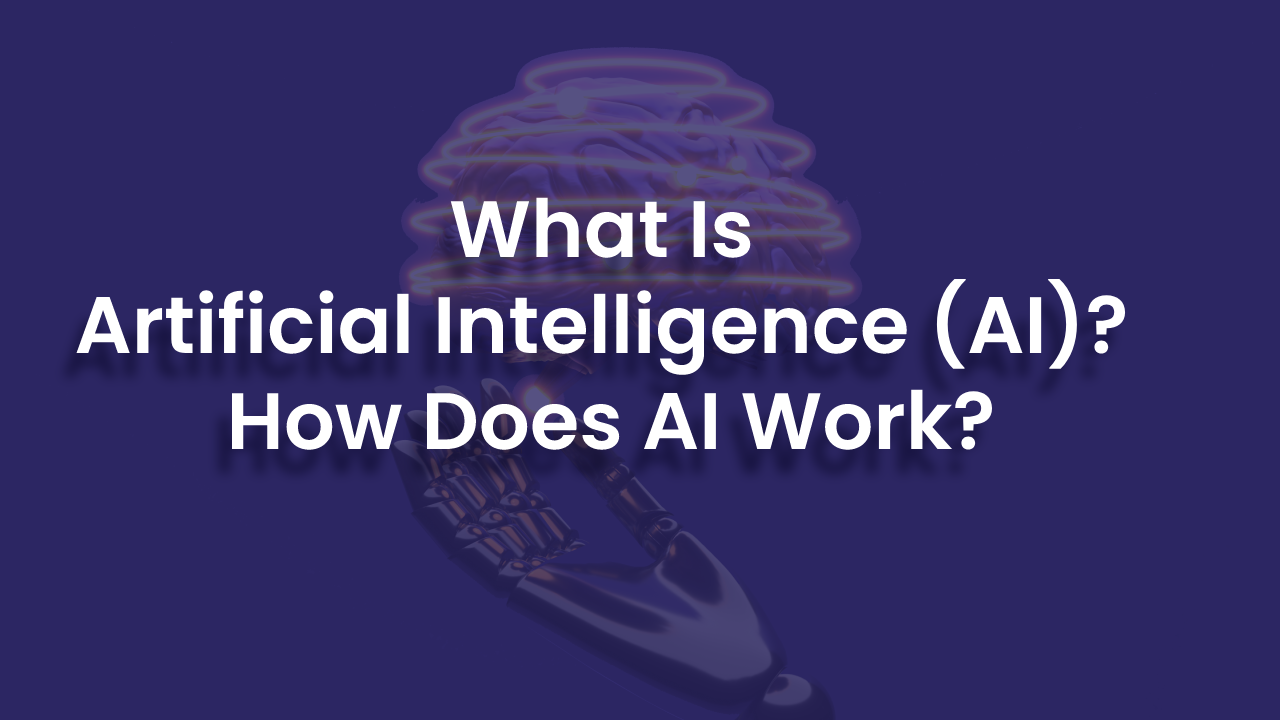Introduction
Artificial Intelligence (AI) is a buzzword that has been around for decades, but it’s only in recent years that the technology has really taken off. With applications in everything from self-driving cars to virtual assistants, AI is changing the way we live and work. But what exactly is AI, and how does it work? In this article, we’ll provide an overview of AI, explain how it works, and explore some of its key applications.
What is Artificial Intelligence (AI)?
At its most basic level, AI refers to the ability of machines to perform tasks that would normally require human intelligence. This can include tasks such as understanding natural language, recognizing images, and making decisions. AI can be broken down into two main categories:
- Narrow or Weak AI: This refers to AI systems that are designed to perform a specific task or set of tasks, such as playing chess or recognizing speech. These systems are not capable of general intelligence and are limited to the specific tasks they have been programmed to perform.
- General or Strong AI: This refers to AI systems that are capable of performing any intellectual task that a human can. General AI is still largely theoretical and does not yet exist in practice.
How Does AI Work?
AI works by using algorithms and mathematical models to analyze data and make predictions or decisions. These algorithms are designed to learn from data and improve their performance over time, a process known as machine learning. There are three main types of machine learning:
- Supervised Learning: This involves training an AI model on a set of labeled data, with each data point associated with a specific label or category. The model is then able to predict the label for new, unlabeled data.
- Unsupervised Learning: This involves training an AI model on a set of unlabeled data, with the goal of finding patterns or structure in the data.
- Reinforcement Learning: This involves training an AI model through trial and error, with the model receiving feedback in the form of rewards or punishments for its actions.
Once an AI model has been trained, it can be used to make predictions or decisions based on new data. For example, an AI model that has been trained on a set of images of cats and dogs could be used to recognize new images of cats and dogs and assign them the correct label.
Key Applications of AI
AI has many applications across a wide range of industries and domains. Here are some of the key applications of AI:
- Virtual Assistants: Virtual assistants such as Siri, Alexa, and Google Assistant use AI to understand natural language and provide responses to user queries.
- Self-Driving Cars: Self-driving cars use AI to recognize and respond to their environment, enabling them to navigate roads safely and efficiently.
- Fraud Detection: AI can be used to detect fraudulent activity in financial transactions, by analyzing patterns and anomalies in the data.
- Medical Diagnosis: AI can be used to analyze medical images and identify potential health problems, enabling earlier diagnosis and treatment.
- Predictive Maintenance: AI can be used to monitor and predict equipment failure, enabling proactive maintenance and reducing downtime.
Challenges and Concerns
Despite its many benefits, AI also raises a number of challenges and concerns. Some of the key issues include:
Ethical Concerns: There are concerns around the use of AI in areas such as surveillance, facial recognition, and autonomous weapons, with the potential for the technology to be used in ways that violate human rights or lead to discrimination.
- Bias: AI models can be biased, reflecting the biases present in the data they are trained on. This can lead to discrimination and unfair treatment of certain groups.
- Job Displacement: AI has the potential to automate many tasks, leading to job displacement in certain industries. This could have significant social and economic impacts, and there is a need to ensure that workers are able to adapt to the changing labor market.
- Privacy: AI systems can collect and analyze large amounts of data, raising concerns around privacy and data protection.
- Regulation: There is a need for regulation and oversight of AI systems to ensure that they are used in a responsible and ethical way.
Conclusion
Artificial Intelligence is a rapidly evolving technology that is changing the way we live and work. From virtual assistants to self-driving cars, AI has many applications across a wide range of industries and domains. However, the technology also raises a number of challenges and concerns, including ethical issues, bias, job displacement, privacy, and regulation. As the AI industry continues to evolve, it will be important to address these issues and ensure that the technology is used in a responsible and ethical way.

